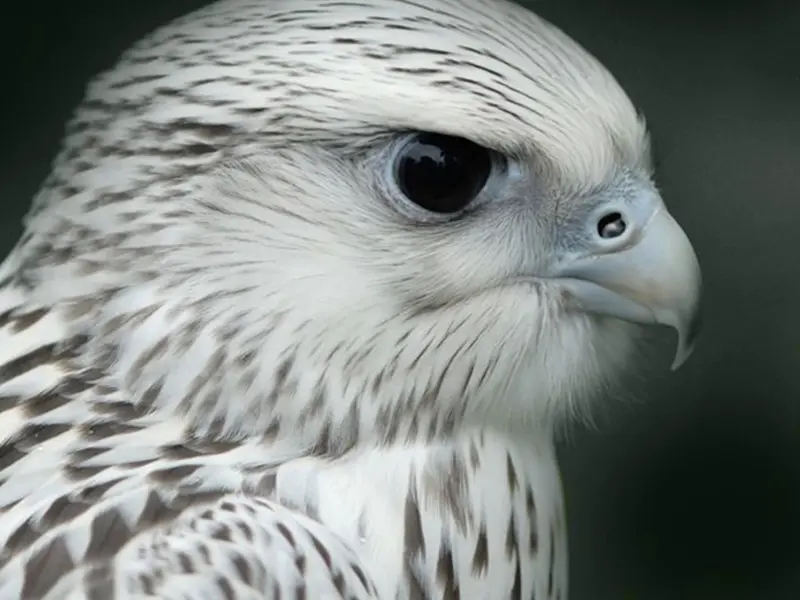“No one will protect what they don't care about; and no one will care about what they have never experienced.” — Sir David Attenborough

Gyrfalcon
Flash
Lord Flash Heart is our white Gyrfalcon. He hatched in May 2025.

“No one will protect what they don't care about; and no one will care about what they have never experienced.” — Sir David Attenborough

Gyrfalcon
Lord Flash Heart is our white Gyrfalcon. He hatched in May 2025.

Cookie Notice
Find out more about how this website uses cookies to enhance your browsing experience.